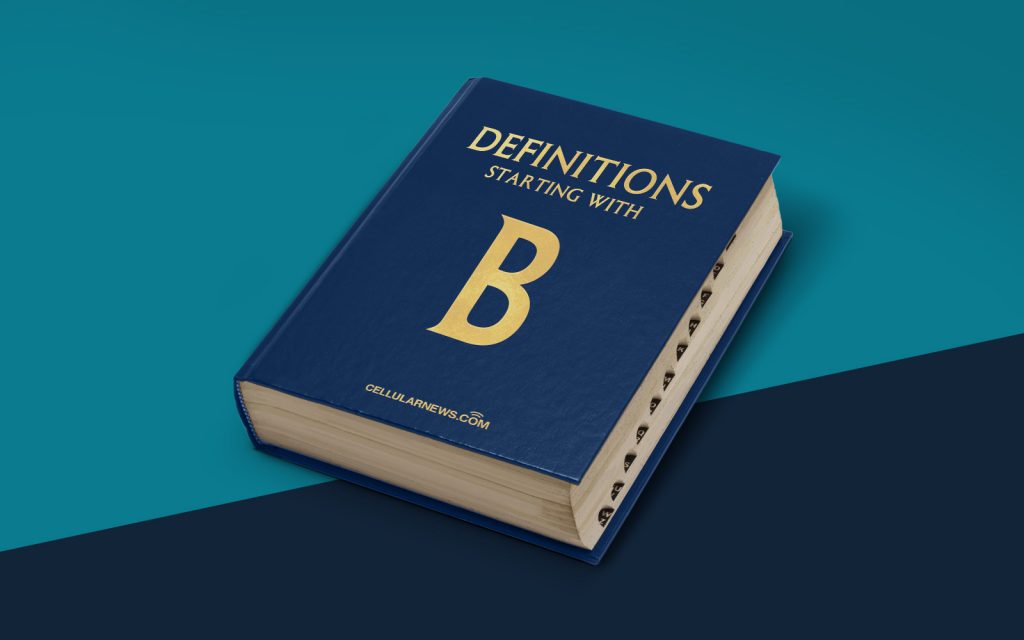
What is Backward Compatible? A Definition
Welcome back to our “Definitions” category, where we provide clear and concise explanations of commonly used terms in the digital world. In today’s post, we’ll delve into the concept of backward compatibility. So, What is Backward Compatible exactly?
Backward compatible refers to the ability of a product or system to support or work with older versions, formats, or technologies. In other words, it’s when newer versions or iterations of a product are able to function seamlessly with older iterations or systems. This ensures that users can continue using their preferred versions or hardware without any compatibility issues.
Key Takeaways:
- Backward compatible means that newer versions of a product or system can work well with older versions or technologies.
- It allows users to continue using their preferred versions or hardware without facing compatibility issues.
Let’s consider a real-life example to help illustrate this concept. Imagine you have an older video game console, like the legendary Atari 2600. While this console was released decades ago, you might still have it tucked away in your closet because of all the nostalgic memories it holds. Now, let’s say a game developer releases a new game for recent consoles, but they also ensure that it is backward compatible with the Atari 2600. This means that you can dust off your old console, pop in the new game, and it should work perfectly fine. No need to buy a new console or worry about compatibility issues!
Backward compatibility is not only limited to gaming consoles. It is also crucial in other spheres, such as software applications and operating systems. For instance, let’s say you have a smartphone that runs on Android 10. When Google releases Android 11, if your device is backward compatible, you can install the updated operating system and seamlessly keep using your favorite applications while enjoying the new features offered by the upgraded Android version.
So, what are the advantages of having backward compatibility? Let’s explore a few key benefits:
1. Smooth Transition: Backward compatibility ensures a smooth transition for users. They can adopt new versions or technologies without worrying about the compatibility of their existing setups. This saves them time, effort, and the need to invest in new hardware or software.
2. Preservation of Investments: It allows users to enjoy the benefits of newer versions without rendering their previous investments obsolete. Whether it’s a hardware purchase or software licensing, backward compatibility protects these investments and ensures their continued value.
Now, you know what backward compatibility means and why it is important. This concept enables us to embrace new technologies while still benefiting from our existing setups. Whether it’s gaming consoles, software applications, or operating systems, backward compatibility plays a vital role in keeping things running smoothly. So, next time you come across this term, you’ll know exactly what it entails!
